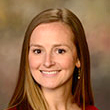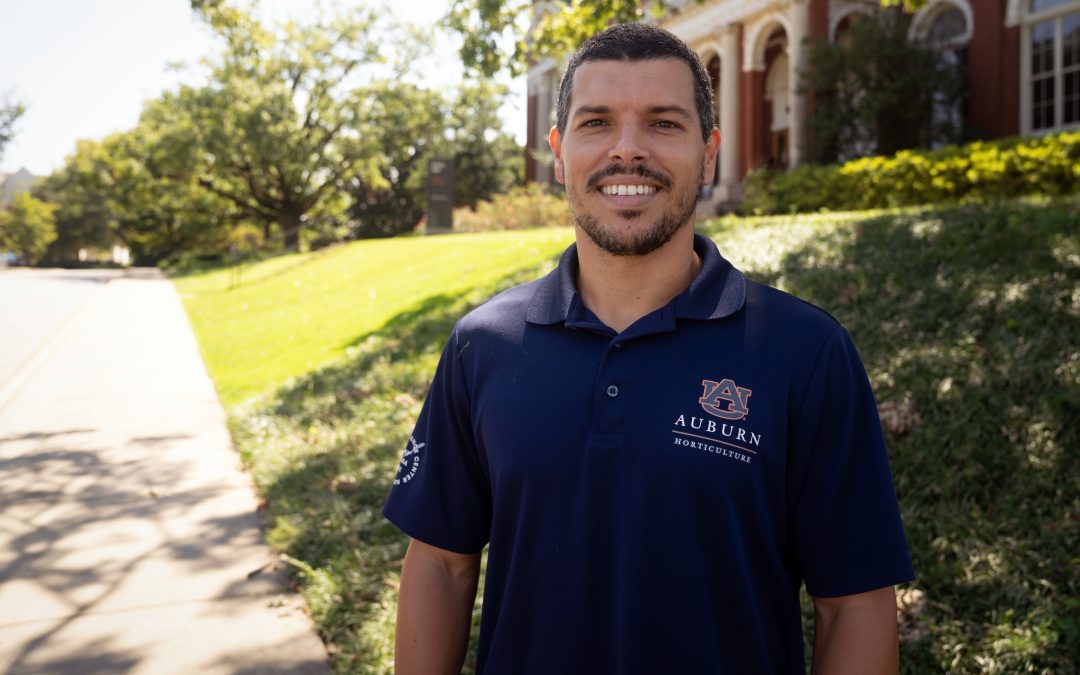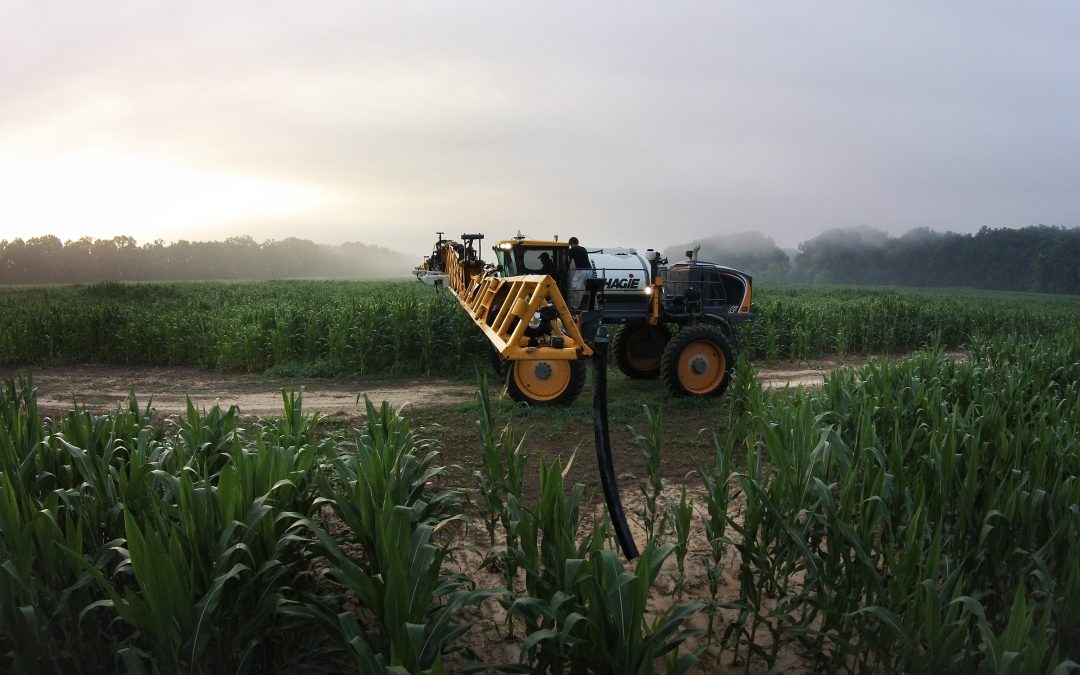Hort researchers test feasibility of banana production in Alabama
by JAMIE CREAMER
video by NATHAN KELLY

MASSIVE A-PEEL – Subtropical banana cultivars being studied by Auburn horticulture researchers could become a profitable niche crop for Alabama farmers.
In the world of food, bananas are rock stars.
They’re Walmart’s perennial No. 1 best-selling item, outpacing all of the 150,000-plus other products in the international retail giant’s inventory. They follow corn, rice and wheat as the world’s fourth largest crop, with production topping 220 billion pounds a year, and the fourth most important crop to global food security and value. They’re America’s favorite fruit, too, with annual per capita consumption averaging 25-plus pounds. And just about every one of those pounds is imported.
In a research project they initiated on the Auburn University campus in 2011 and expanded to Alabama’s Gulf Coast two years later, Department of Horticulture researchers Elina Coneva and Edgar Vinson are not out to put a major dent in the import numbers or make Alabama a self-sufficient banana state. Instead, they’re studying 13 recently developed subtropical banana cultivars to determine whether commercial production of niche-market bananas is doable in Alabama.
So far in the project, the cultivars, which are more cold-hardy and have significantly shorter growing cycles than tropical varieties, are showing promise, especially in the state’s coastal counties. And that’s despite last year’s brutal cold that did not spare Auburn’s Gulf Coast Research and Extension Center in Fairhope, where most of the research is based.
“We planted a small banana plot at Fairhope in June of 2013, and then came the devastating temperatures of early 2014,” says Coneva, an associate professor. “The parent plants didn’t survive, but the ‘daughter’ plants grew vigorously, and 20 percent of them fruited and produced bananas.”
The fruits that subtropical banana plants produce are noticeably different from the imported Cavendish variety of bananas that Americans know and buy by the bunches at their local supermarkets.
“These are sometimes smaller than the Cavendish, and they’re an array of shapes, colors and flavors,” Vinson says. “Some have a hint of citrus, and some taste similar to apples.”
Non-Cavendish bananas are considered a niche crop, and as such, they command a higher price than their tropical counterparts. They are exported to the U.S. from Thailand and Taiwan and sell for, on average, $1.79 to $1.99 per pound, compared to the average per-pound price of 45 cents to 65 cents for your standard Cavendish bananas. In south Florida, specialty bananas for niche markets grow on only 500 acres and still are a $2.5 million industry.
In addition to the fruit they produce, banana plants also have value as ornamental species for home landscapes, and that can be another potential income source for growers, the researchers say. Several of the subtropical cultivars in their trials can produce five or more suckers per plant, and, when separated from the mother plant, those can retail for as much as $15 each.

Horticulture researchers Elina Coneva, above, and Edgar Vinson are studying the viability of producing bananas in Alabama’s sub-tropical climate.
Coneva, who specializes in identifying potential alternative fruit crops for Alabama growers, became intrigued by subtropical bananas when Greg Fonsah, a University of Georgia agricultural economist who has been exploring the potential of subtropical banana production in the Peach State since 2002, requested her collaboration on his work.
“He has had much success with production on plots in Savannah and Tifton, but he asked us to experiment with seven different subtropical cultivars on Auburn’s campus as part of his work to test the plants’ northern limits,” she says.
The plants did well enough in the small plot on campus in 2011 and 2012 that Coneva and Vinson, a horticulture research associate, decided to expand the work to the coast, where the conditions for growing subtropical bananas are more favorable.
The first several years of the project involve extensive data collection on what Coneva calls the “phenological and pomological characteristics” of the 13 subtropical cultivars at Fairhope. That basically means the biological stages of both the plants themselves and the fruits they produce and how seasonal variations in weather, especially temperature, affect the timing of those events. Those results should allow the researchers to determine the cultivars that perform best on the coast and establish best production practices.
“Our goal is to determine whether commercial banana production is viable in Alabama, because, by diversifying their crops and reaching a niche market, growers could increase the economic sustainability of their operations, and that would help stimulate rural communities’ economies,” Vinson says.
The availability of a new, fresh-from-the-farm fruit that’s packed with nutrition also would help improve Alabamians’ health and well-being and could help mitigate childhood obesity.
As part of their work, Coneva and Vinson also are studying the use of cover crops, namely crimson clover and hairy vetch, in banana production. Cover crops add vital nutrients and organic matter to the soil, improve soil productivity and improve water infiltration and root growth.
VIDEO: Coneva talks about the process of developing a new fruit crop for Alabama.




